
Tired of bashing in your gas tank while scraping it over the boulders, even with the minimal protection provided by the thin tin OEM skid plate? Itís not only dangerous because of possible leaks, but it also robs you of fuel capacity.
Almost every time the plastic tank deforms, it loses capacity. Sometimes itíll flex back, other times it wonít. The last thing you want to happen on a trail ride is lose gas. Like I said, itís not only dangerous but it can also cause other problems long after youíve driven on.
Rugged Ridge has custom designed this skid plate to protect the fuel tank on 1997-2006 TJ/LJ Wranglers. These overbuilt skid plates are so strong you could drive your Jeep over them without hurting them, so theyíll easily support your Jeep while itís sliding over the rocks, logs, and boulders. Itís a must for those who want that extra bit of protection on their off-road adventures.
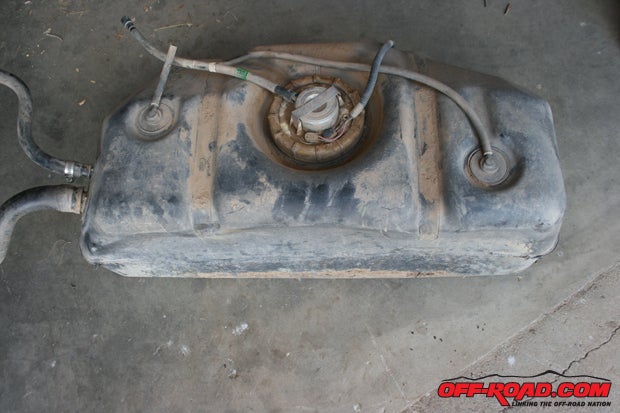
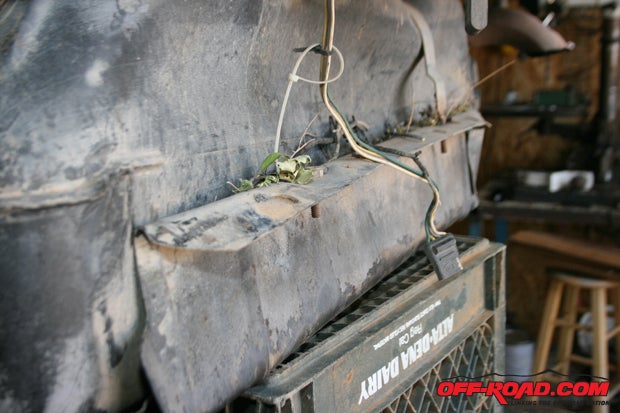
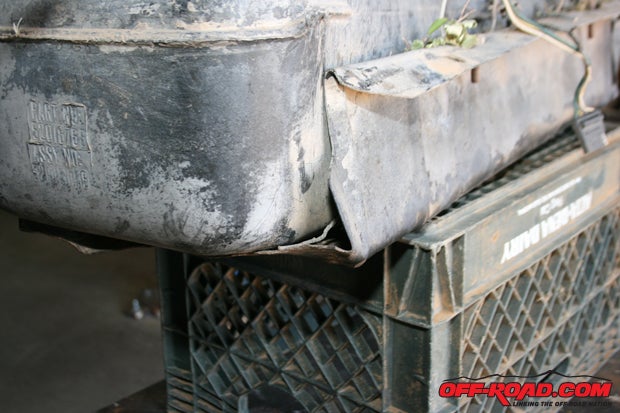
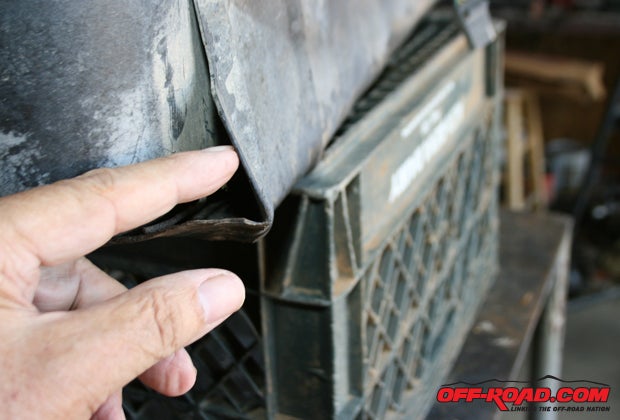

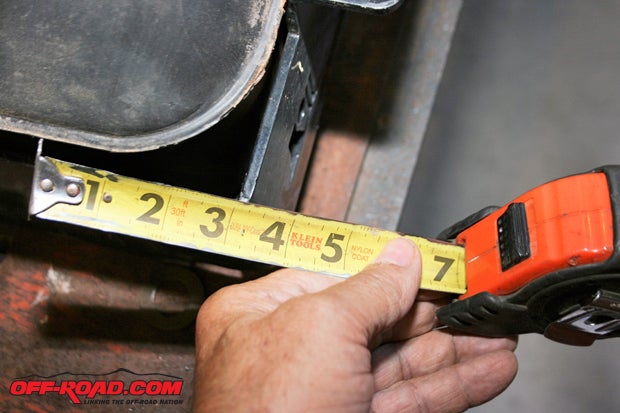
The skid plate is constructed of super-strong 3/16-inch-thick steel with a rust-resistant E-coating powder-coated black paint. Itís designed to take whatever the trail throws at you!
Its bolt-on installation uses existing frame mounting locations, and is forecasted to take only three to four hours (if your frame isnít tweaked or the bolts arenít sealed with rust). This skid plate replaces the factory skid plate providing you true protection.


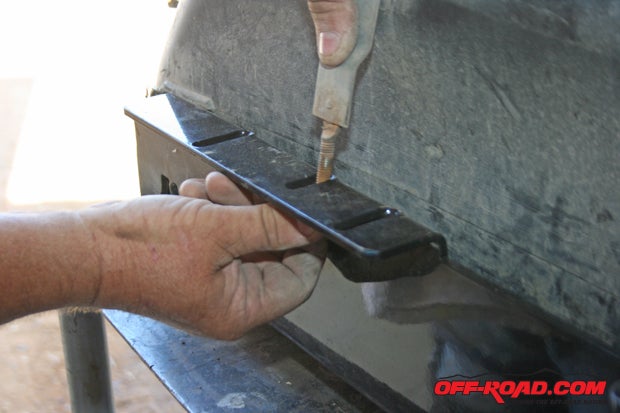
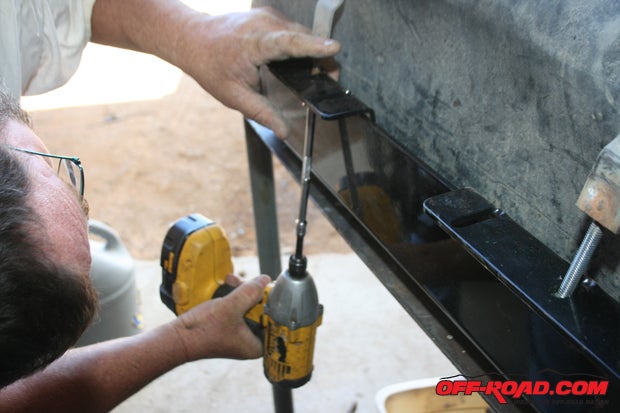
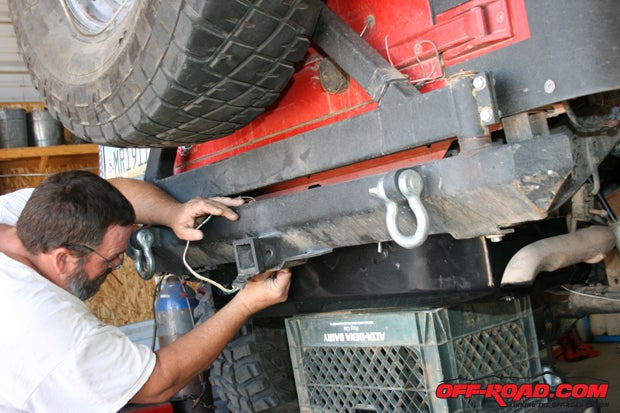
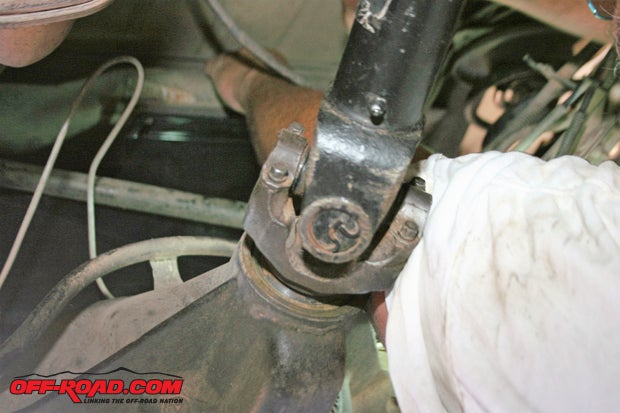
CONTACT
Rugged Ridge
www.ruggedridge.com


 Your Privacy Choices
Your Privacy Choices